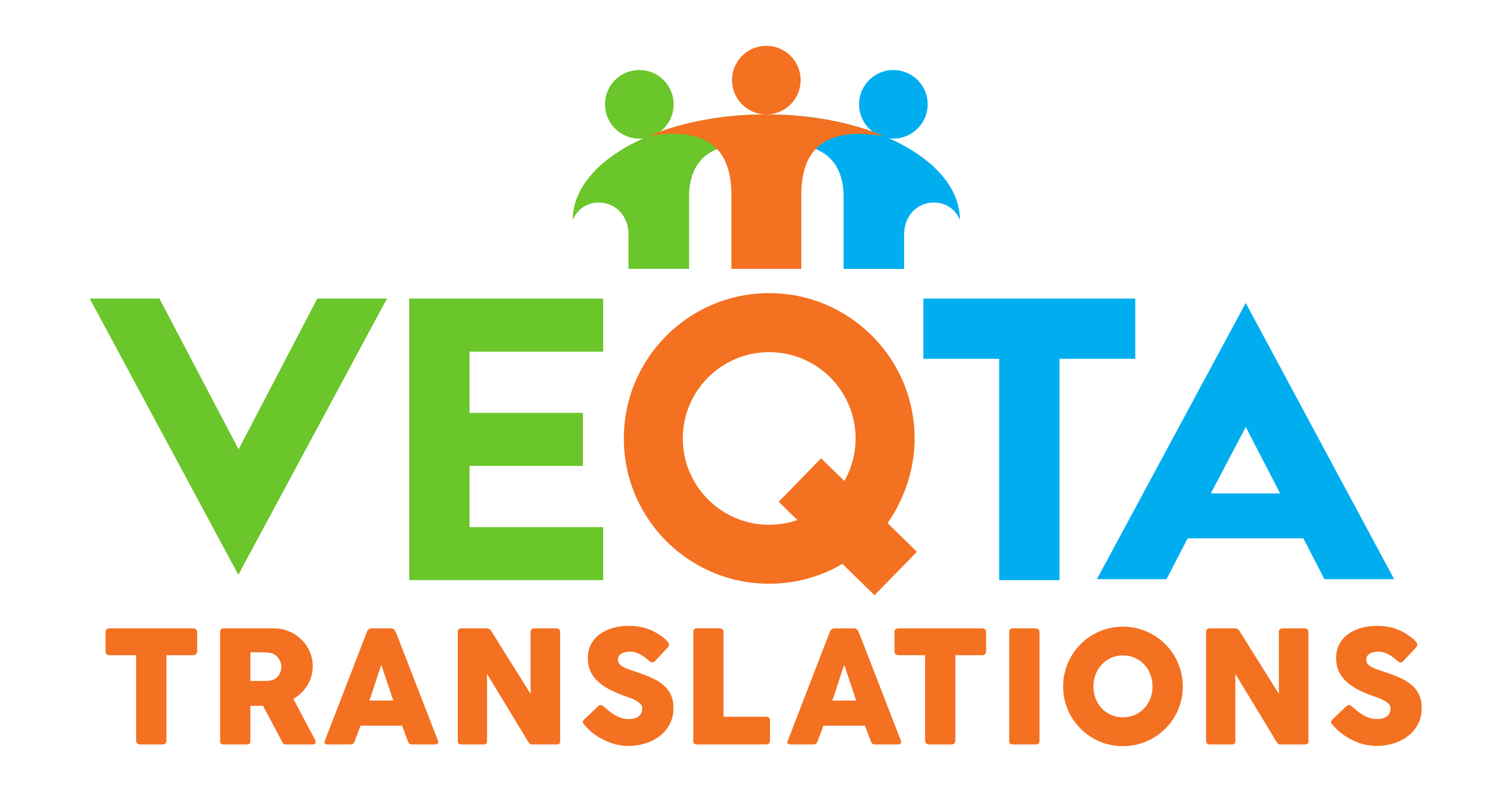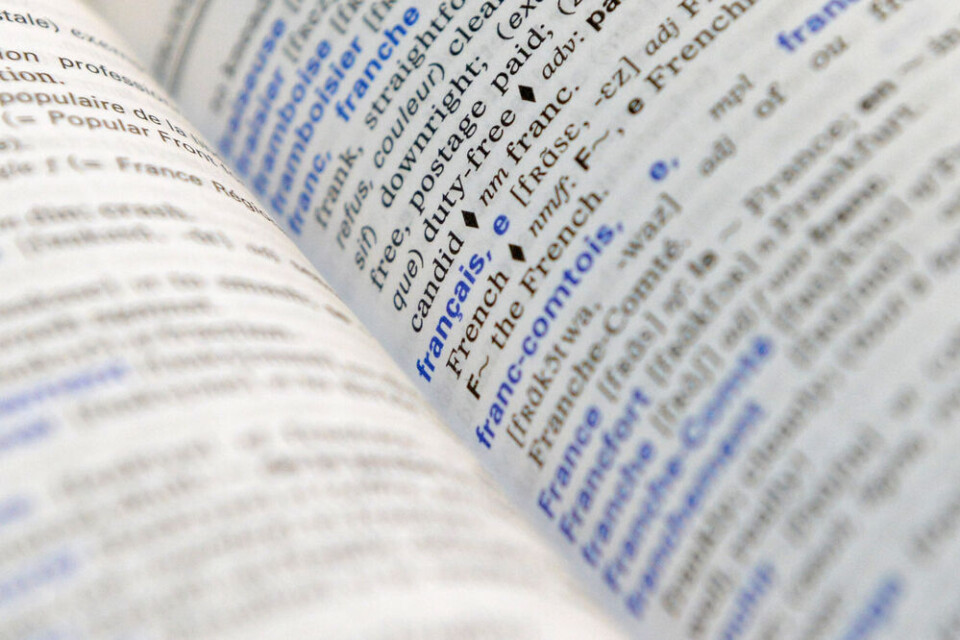When translating between French and English, the challenge lies not in vocabulary but in conceptual transfer. French is inherently more abstract and syntactically flexible, while English favors directness and brevity. The “norms-of-substitution” framework in translation studies reveals how translators unconsciously reshape meaning to meet target-language expectations. Below are eight major pitfalls that often occur in this process — and how professional translators avoid them.
1. Literal Translation and the Illusion of Accuracy
Literal translation remains the most frequent error. For example, prendre son mal en patience translates literally as “take your pain in patience,” but the true English equivalent is “grin and bear it.” Literalism may preserve syntax but destroys idiomatic meaning. Skilled translators prioritize intent, ensuring emotional equivalence rather than grammatical symmetry.
2. False Friends and Semantic Traps
Words like actuellement (currently) and eventuellement (possibly) often mislead learners. These “false friends” create semantic drift — an error where the translation seems correct but subtly alters the message. For example, librairie means bookstore, not library. Professional localization relies on bilingual glossaries and corpus comparison to detect such high-risk words.
3. Over-Normalization and the Loss of French Identity
Over-normalization happens when translators excessively “domesticate” the text — erasing French stylistic markers. Marketing phrases like “art de vivre” lose cultural depth when flattened to “lifestyle.” A balance between clarity and authenticity ensures the text resonates with English audiences while preserving cultural essence.
4. Cultural Substitution and Context Loss
Replacing culture-specific references can lead to confusion. For instance, translating “le bac” as “high school diploma” hides its national significance in France. Context notes or adaptive equivalents, like “the French baccalaureate,” help bridge this cultural gap.
5. Gender and Agreement Ambiguity
French uses grammatical gender, while English does not. The phrase “le chef” could be male or female, but gendered pronouns can unintentionally mislead English readers. Translators should use neutral or context-informed expressions to maintain inclusivity.
6. Syntax and Word Order Challenges
French often places adjectives after nouns (“une maison blanche” → “a white house”), but longer sentences may use reversed logic that confuses AI tools. Professional translators recompose sentences to match English rhythm and information flow.
7. Register and Tone Mismatch
French tends to sound more formal than English. For example, “Veuillez trouver ci-joint…” becomes the more natural “Please find attached…” Translators must detect and adjust tone to suit context — especially in corporate, academic, or digital communication.
8. Overuse of English Idioms in French Contexts
In pursuit of fluency, some translators insert overly colloquial English idioms. However, translating “C’est la vie” to “It is what it is” changes emotional nuance. The goal is not to sound native, but to sound authentic.
Conclusion:
French-to-English localization is a balancing act between accuracy and artistry. Translators who understand the cultural and linguistic underpinnings of both languages create work that reads naturally while staying faithful to the source.
FAQs:
What are the main challenges in French-English localization?
Managing idiomatic nuance, tone, and syntax without losing cultural identity.
Why is literal translation risky?
It often preserves structure but distorts the intended meaning.
What is over-normalization?
Over-adapting text to English norms, erasing its French character.
How do professionals handle false friends?
By using bilingual glossaries and contextual analysis.
Can AI handle these translation nuances?


